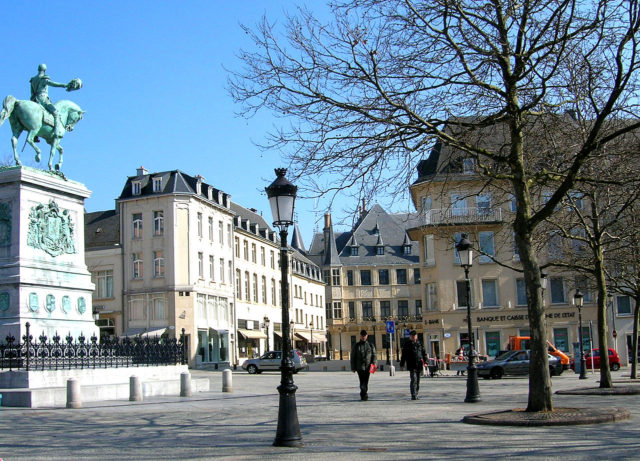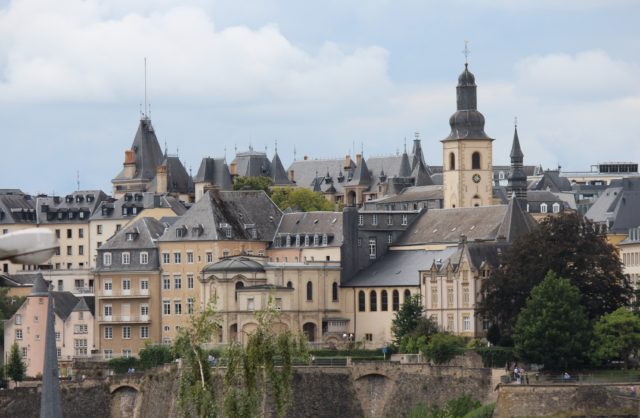Palais Grand-Ducal
It is customary for the visitors of Luxembourg to start their acquaintance with the city from Ville Haute (High City) the medieval town core, the capital’s historic & cultural center, and the site of the Palais Grand-Ducal (Grand Ducal Palace). Acknowledged by UNESCO along with the rest of the old city (the Bock with its casemates & the Grund complete the whole puzzle) as a world heritage site this extraordinary district enfolds more than one can master in one day.


Starting with the basics one should normally start from the Grand Ducal Palace. The Grand Ducal Palace is built on the site of the first Maison communale constructed in 1244. This fine specimen of 16th-century Flemish Renaissance architecture, served as a city hall from 1572 to 1795, and as the seat of the prefecture of the Département des Forêts during the French occupation.


The palace served as the headquarters of the Luxembourg government in 1817 and then as the official residence of every Grand Duke who served as head of state up to this day. Today it is still used for the same purpose. Due to its use by the Duke its majestic interiors, medieval-gothic dining room, its sumptuous gilded Hall of Kings, and splendid stairs built on a design by Ingo Maurer, can all be visited during the summer months in pre-booked guided tours via the Luxembourg City Tourist Office.

